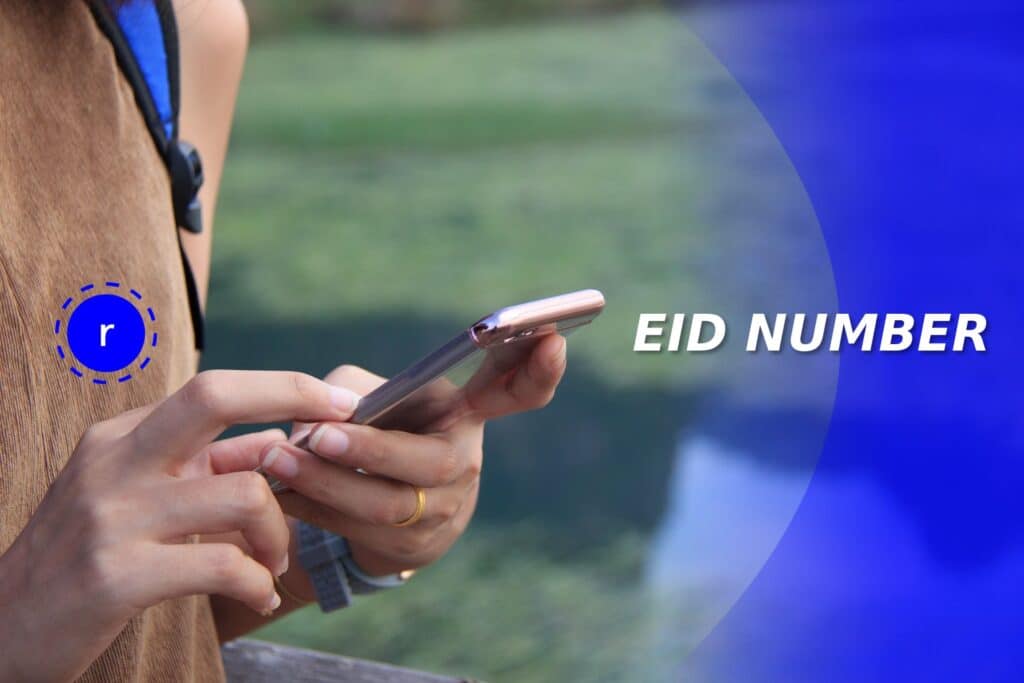Here’s a complete list of eSIM-compatible carriers by country for 2025, organized by continent to ...
eSIM Cards
Looking for the EID Number on your device? Learn how to find it and what it is so important for mobile devices that use eSIMs.


The EID number is the key to unlocking eSIM functionality on your device, and without it, managing your digital SIM is impossible.
Whether you’re activating a new eSIM, switching carriers, or transferring your plan to a new device, the EID number is crucial. It’s a unique identifier that every eSIM-capable device has, much like an IMEI number is for physical SIMs.
Without knowing where to find it, you might run into problems as you try to set up or troubleshoot your eSIM. So, in this article, we’ll break down what the EID number is, why it’s important, and give you a clear guide on how to find it.
An EID (Embedded Identity Document) number is a unique 32-digit code for devices that support eSIM technology. It’s the digital part of an ICCID number, which is the long serial number printed on a SIM card. Each smartphone or tablet with eSIM capability has one, and it plays a crucial role in managing your eSIM profile.
You’ll need the EID number to activate eSIM services, because mobile carriers use it to link your device to the network. Without it, you can’t set up or switch between eSIMs, making it a critical feature for anyone using this technology.
Furthermore, it allows for greater flexibility, like supporting multiple phone numbers or switching carriers.
Your EID number is what you need for managing your eSIM, and it has several key functions.
Most importantly, you’ll need it to activate an eSIM with your mobile carrier, linking your device to their network. If you’re switching carriers or moving your eSIM profile to a new phone, the EID can help you transfer or reactivate your eSIM with ease. Carriers will use this number to verify and configure your eSIM connection.
EID numbers also have some security features. Since they’re unique to each phone, they prevent identity theft and fraud. Plus, they only allow authorized devices to connect to the network, providing some level of authentication.
While you won’t need to access your EID frequently, it’s vital during initial setup, troubleshooting, or if you get a new device or service. Having it on hand ensures a seamless process, so it’s important to know where to find it!
Finding your EID number varies depending on what device you’re using. We’ll walk you through the process for a variety of devices below, ensuring you have the information you need to manage your eSIM profile correctly.
If you have an iPhone, here’s how you can find the EID number:
In some cases, you can also find the EID number on the box your iPhone came in. If not, you can use the above steps to locate it. That way, you’ll always have easy access to your EID number for eSIM activation and management.
If you’re looking for the EID number on your Apple Watch, follow these steps:
Again, your EID number might appear on the box your smartwatch came in. But if all else fails, it will be in your settings.
Finding the EID on your Android is simple. Here’s how to find it:
The EID number will be among other device details, and it might be labeled as IMEI, IMEI SV, or MEID.
Since Androids vary, the exact location of the EID might vary slightly. However, you can usually use the above method to track it down. You can always use the device’s search function if you’re struggling, or consult the user manual.
Some Androids also allow you to dial a specific USSD code to bring up the EID and IMEI numbers. This is often *#06#. However, note that this won’t work on all devices.
An EID number is a unique identifier for a mobile device or any other device with eSIM-capability. It’s like a digital fingerprint that distinguishes your device from others. You can use it to register your device to a network, activate an eSIM, identify new networks, and verify device authenticity. As a result, it’s crucial for any eSIM user.
Yes, you can change your EID number, but not manually. To alter the EID, you’ll need to contact your mobile carrier and request the change. They will have to process the necessary updates on their system.

